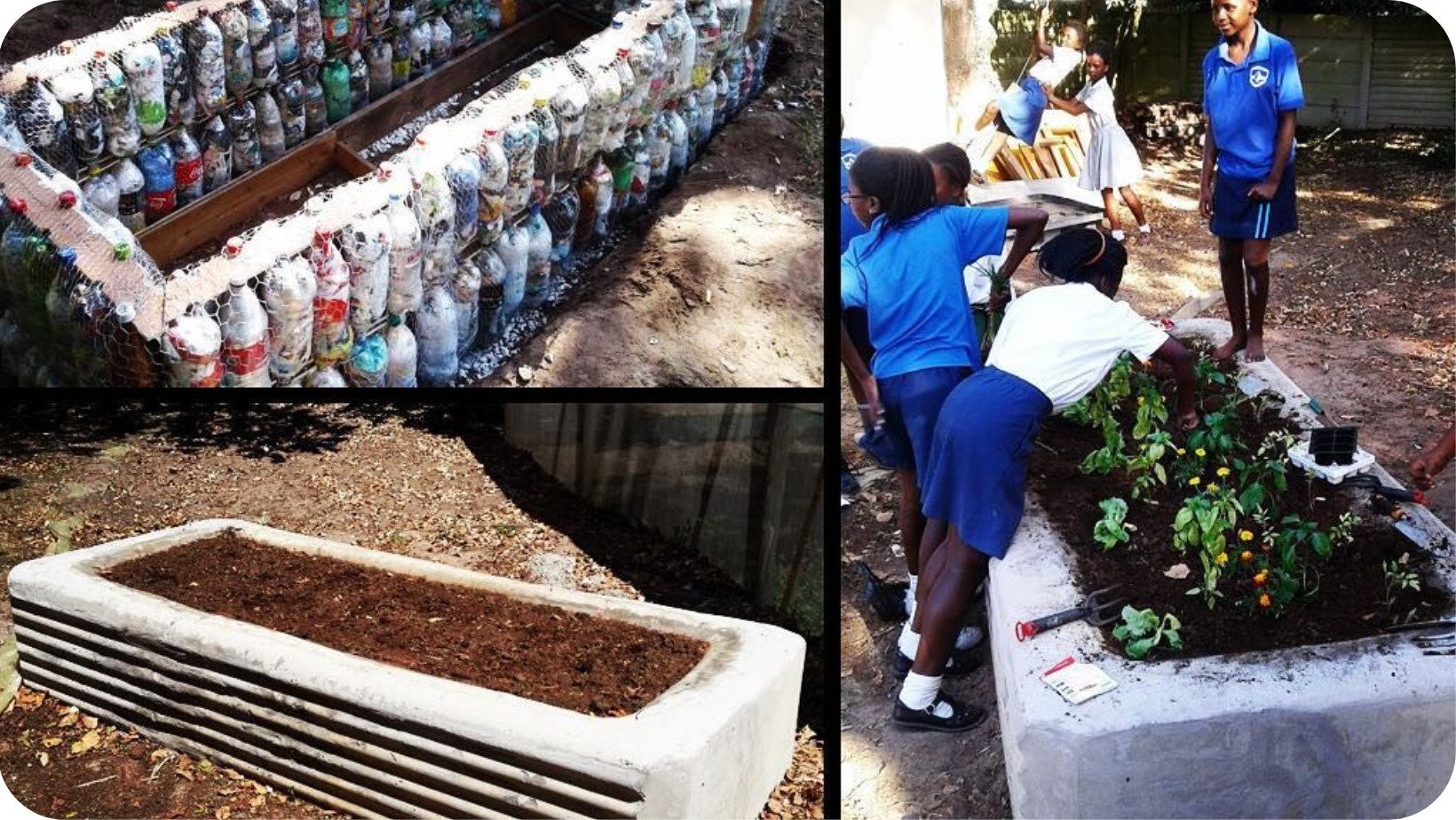An everyday solution to reduce plastic pollution: Ecobricks
Plastic pollution is one of the largest problems our planet faces. It’s everywhere. On every road, river, field or playground, there will be litter within eyesight. Plastic contaminates natural water sources so severely that studies have found plastic in tap water, and plastic particles in human blood. Globally, 8 million pieces of plastic find their way into the ocean on a daily basis. A staggering 79% of plastic waste is sent to landfills or the ocean, a mere 9% is recycled, and even more concerning, the remaining 12% is incinerated, making its way into the atmosphere and inevitably, into our lungs too.
There can be no denying that plastic is harming both the natural world and many species, including our own, with repercussions that will be felt for aeons to come. Furthermore, people that live in poverty are often those most affected. So, what can we do to reduce plastic pollution?
A transition towards a plastic-free society would be welcome, but with over 2 million tonnes of plastic packaging being used in the UK per year, it’s unlikely that this will happen anytime soon. Whilst there are many brands opting to go plastic-free, they tend to be on the higher price point and unaffordable for many households, especially in the current cost of living crisis. Many people may want to live eco-friendly lifestyles, but it can be a struggle to do so, due to the affordability of products available within an average household's budget.
Yet, whilst this makes a solution seem out of reach - there is hope. As concern rises, so do the innovative solutions to reduce plastic pollution. We recently came across such a solution that is simple for any person of any age to implement, and better yet; it doesn’t cost a penny. The solution we’re referring to, is to join the movement transforming plastic waste into ecobricks. An ecobrick is quite simply, an empty plastic bottle that is used as a vessel to store single-use soft plastics, which can then be used as a building block.
How to make an ecobrick
• Line the base of an empty (clean and dry) plastic bottle with an easily moulded soft plastic (bread bags work great).
• Using a stick, push the plastic down so it’s compact.
• Store your vessel somewhere you won’t forget to use it, such as a kitchen cupboard, then, whenever you have any single-use plastics, rather than putting them in the bin, ensure they are clean and dry, then cut them into small pieces and add to the bottle, pushing down with a stick throughout the process.
• Repeat the above until the bottle is full to the brim and compact with plastics, ensuring to continue to use the stick to push the plastic down for maximum density.
• When the bottle is completely filled with cut up soft plastic and hard to touch, pop the lid on, leaving the neck empty to allow for expansion over time.
• Create an account with GoBrik, weigh and log it, generating a serial number via the GoBrik app to inscribe on your completed ‘brick’.
• Once complete, you have an ecobrick
The brilliance of these ‘bricks’ is that we can make anything with them. From eco furniture, to eco houses, or eco planters (seen below), the possibilities are endless. Or, if building isn’t for you, find a local ecobrick exchange instead.

Ecobricks are a resourceful way to tackle household plastic waste, and encourage environmentally friendly community projects, but it is vital that we step back from buying plastic if we are to truly move away from plastic pollution as a society. Creating ecobricks is a great way to mindfully manage our personal waste, and an additional tool to help minimise plastic consumption in general, can also be found in the Four R’s.
The Four R’s:
Reduce
Buy only what you need. If you don’t need it. Don’t buy it. Shop mindfully and try to select items that are plastic-free; i.e. instead of buying pre-cut packaged fruit and veg, select loose fruit and vegetables instead, along with being plastic-free they often cost less too. Try and implement this across your entire shopping list. If you don’t need it, resist the urge to buy it, or try to buy plastic-free where affordable.
Re-use
Normalising second-hand shopping is a great way to reduce our reliance on plastic. It prevents items from going to landfill and reduces our carbon footprint. If you have items you no longer need; don’t throw them away. One person's rubbish is another's treasure, give unwanted items to friends / family / charity or for extra funds in these financially difficult times, list for sale on sites such as Shpock, Vinted, Ebay or Facebook Marketplace. Putting something in the bin equates to more landfill and pollution. Try to re-use where possible.
Recycle
As per the above, avoiding putting things in the bin is vital if we’re to reduce plastic pollution. If something is broken - try and fix it. If you no longer need something, give it to someone that does. Where plastic is unavoidable in your grocery list, recycle and ecobrick the plastics. For both recycling and ecobricking, items must be clean and dry. Wipe your recycling with a damp cloth and dry before putting it in the recycling bin or ecobrick. For food waste, invest in a compost bin or leave scraps in nature spots to help struggling wildlife and insects.
Repeat
Once you get into the habit of this process, repeat it, and where possible, encourage others to do the same.
In an ideal world, plastic would be a product of the past, but in the meantime, this is a great way to tackle the problem hands-on. So what are you waiting for? Remember the Four R’s, keep empty bottles and get ecobricking! Looking for more eco-conscious ideas? Check out clothes swapping and endorse the Plant Based Treaty.
